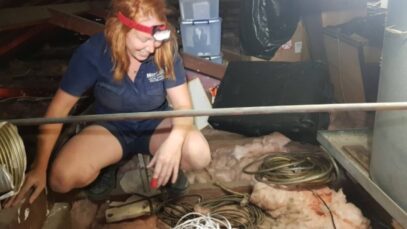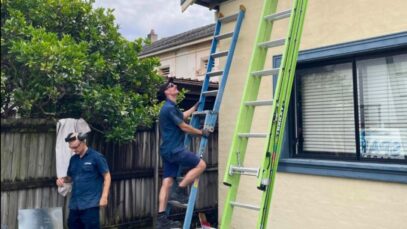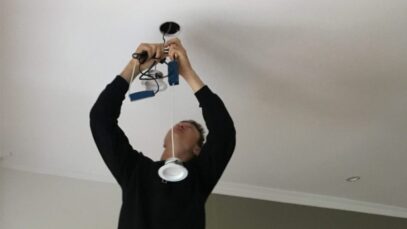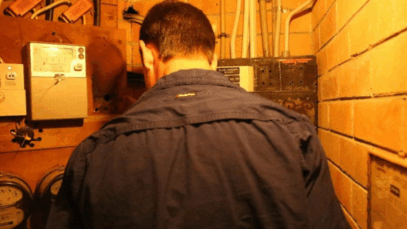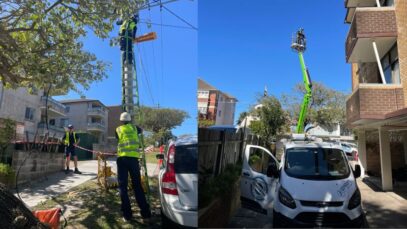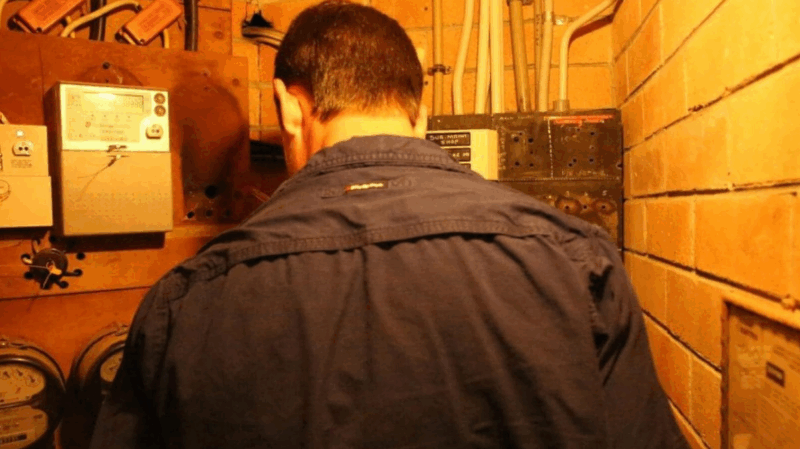
In today’s modern homes, electrical systems are more sophisticated than ever, with appliances, lighting, and electronic devices pushing the limits of what many older systems were originally designed to handle. Yet, despite the advancements in technology, electrical problems remain a common and potentially dangerous issue. This is where thermal imaging comes into play—offering a safe, efficient, and non-invasive way to detect electrical problems before they escalate into costly repairs or dangerous situations like fires. In this article, we’ll explore what thermal imaging is, how it works, and how it can help keep your home’s electrical system safe and reliable.
What Is Thermal Imaging?
Thermal imaging, also known as infrared (IR) thermography, is a technology that detects heat patterns and temperature variations that are invisible to the naked eye. Every object emits infrared radiation, and thermal cameras capture this radiation, translating it into an image that displays temperature variations. The result is a colour-coded visual representation of heat—warmer areas appear as reds and yellows, while cooler areas show up as blues and purples.
For electrical systems, these thermal scans are incredibly useful. They can highlight hotspots or areas where excess heat is being generated, typically an indicator of a developing issue like overloading, faulty wiring, or failing components.
How Thermal Imaging Detects Electrical Issues
Thermal imaging is particularly beneficial in detecting electrical issues for several reasons:
- Identifying Overheating Components: One of the key indicators of an electrical fault is overheating. Electrical components such as circuit breakers, fuses, transformers, and wiring can generate excess heat when they malfunction or are under stress. Thermal imaging cameras can easily detect this excessive heat, identifying potential problems long before they become dangerous. For example, a circuit breaker that is starting to fail will often generate heat well before it trips or shows any outward signs of malfunction. By identifying this early on, our licensed electricians in Maroubra, Earlwood, Botany, Erskineville, Randwick, and Rockdale can replace the component before it causes a fire or electrical failure.
- Detecting Loose Connections: Loose or corroded electrical connections are a major cause of electrical fires. When a connection is loose, electrical resistance increases, causing heat to build up at the faulty point. This is often not visible to the eye, but thermal imaging can detect this excess heat in the connection points, wiring, or switchboards. By pinpointing the exact location of the loose connection, thermal imaging allows electricians to address the problem without the need for extensive exploration or guesswork. It ensures that only the faulty component is repaired or replaced, saving time and money.
- Spotting Overloaded Circuits: Overloaded circuits occur when too many appliances or devices are running on the same circuit, drawing more power than the circuit can safely handle. Over time, this can cause wires to overheat, leading to potential fire hazards. Thermal imaging can reveal overloaded circuits by showing elevated temperatures in the wiring and switchboards. By catching overloaded circuits early, electricians can recommend redistributing the electrical load or upgrading the system to handle higher demands, helping to avoid future issues.
- Uncovering Hidden Electrical Faults: Many electrical problems remain hidden within walls, ceilings, or behind fixtures where they are difficult to detect. Traditional methods of identifying electrical faults often require invasive procedures, such as opening up walls to locate the problem. Thermal imaging, however, allows electricians to “see” into these areas without causing any damage. Whether it’s faulty wiring behind a wall or a hidden overheating electrical junction box, thermal imaging enables quick, accurate detection without the need for extensive and expensive exploratory work.
Why Is Thermal Imaging Important for Homeowners?
1. Safety
Safety is the number one reason to consider thermal imaging for your home. Electrical faults, particularly those that involve overheating components or loose connections, are one of the leading causes of house fires. According to the New South Wales Fire and Rescue Service, electrical fires cause hundreds of residential fires each year in Sydney alone. Many of these could have been prevented if the underlying issues were detected early.
With thermal imaging, you can proactively address potential fire hazards in your home’s electrical system, protecting your property and loved ones from harm.
By hiring a qualified level 2 electrician in Sydney , you can ensure that thermal imaging is used effectively to detect and address potential electrical hazards in your home.
2. Cost-Effective
Thermal imaging is also a highly cost-effective solution for homeowners. Because it allows electricians to identify problems early, before they escalate into major issues, you avoid the high costs associated with emergency repairs or property damage. A small investment in a thermal imaging inspection could save you thousands in the long run.
Moreover, since thermal imaging is non-invasive, there’s no need for costly exploratory work to locate problems hidden behind walls or other hard-to-access areas.
3. Preventing Downtime
For homeowners who run home offices or rely on electronic systems for daily operations, electrical problems can be a major inconvenience. An electrical fault can cause power outages or disrupt systems that are critical to work or home life. Thermal imaging helps detect problems before they cause unexpected downtime, allowing you to schedule repairs at a convenient time rather than dealing with sudden and costly power failures.
4. Enhancing Energy Efficiency
Electrical problems often lead to wasted energy, especially in the case of faulty wiring, loose connections, or overloaded circuits. These issues can cause your appliances and systems to run inefficiently, leading to higher electricity bills. By using thermal imaging to identify and resolve these inefficiencies, you can reduce energy waste and lower your power costs.
How Often Should You Have Thermal Imaging Performed?
As a rule of thumb, it’s a good idea to have a thermal imaging inspection of your home’s electrical system performed every one to two years. However, the frequency may vary depending on several factors, such as the age of your home, the complexity of your electrical system, and whether you’ve noticed any signs of electrical issues, such as flickering lights, tripping breakers, or unusual smells.
If you’re buying or selling a property, thermal imaging is also a valuable tool to include in pre-sale inspections. This ensures that any potential electrical problems are identified and addressed before they lead to bigger issues down the track.
Need a Level 2 electrician in Randwick, Maroubra, or Bronte? Sparkynearby is here to help with expert thermal imaging inspections to keep your home safe.
Choose Sparky Nearby for Professional Thermal Imaging Services
At Sparky Nearby, we offer advanced thermal scanning services to homeowners in Sydney, helping you detect electrical issues before they become serious hazards. Our licensed electricians are trained in using state-of-the-art thermal imaging technology to identify overheating components, loose connections, overloaded circuits, and more. Whether you’re concerned about an existing issue or simply want to take a proactive approach to electrical safety, our team is ready to help!
Recent Posts
Follow Us
Our Services
SERVING THE EASTERN SUBURBS AND GREATER SYDNEY AREA FOR 52 YEARS
You can reach us for 24/7 emergency services and all electrical services in Sydney.



